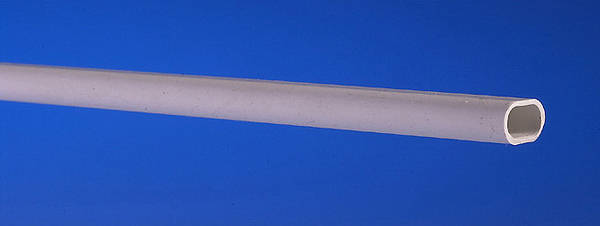- Joined
- 29 Nov 2007
- Messages
- 1
- Reaction score
- 0
- Country

Hi,
I am about to start on installing cat5e cabling throughout my house.
I've got the modules, backboxes, patch panels, switches etc together, but am struggling to find good information about how to install the back boxes. I want to put the faceplates flush on masonary walls without removing all of the skirting boards (they will be difficult to replace if damaged), if possible.
I assume that you need to cut a chase down to the level of the skirting, but not sure how best to route the cable behind the skirting, assuming that the cables are coming from under the floor. Any tips from the sparks, or pointers to how-to guides to allow me to do this with the least collateral damage .
.
Regards,
Alex
P.s. I have found it difficult to get a 110 and Krone IDC punch-down tools at a reasonable prices. I ended up using www.Wiselan.com as they do a nice Krone tool for a tenner that also trims ends. Unfortnately I also needed a 110 tool for the patch panel - £15 from Maplin.
P.P.S. Cat5e is more than sufficient for Gigabit networking for runs up to 100m. CAT6 is more expensive, inflexible, subject to damage during installation, and is no faster unless you want a 10Gbit LAN.. in which case you need CAT6e anyway..
Black box seem to be very cheap for CAT5e cable, at around £25 for 300m. It is specified to 350mhz, which is above the baseline CAT6 requirements and is cheaper.
Don't forget that the installation isn't CAT6 rated unless patch panels, leads, keystones etc are CAT6 rated, and you closely adhere to installation requirements.
Cable rods are about £15 from Screwfix - seems to be a good timesaver.
I am about to start on installing cat5e cabling throughout my house.
I've got the modules, backboxes, patch panels, switches etc together, but am struggling to find good information about how to install the back boxes. I want to put the faceplates flush on masonary walls without removing all of the skirting boards (they will be difficult to replace if damaged), if possible.
I assume that you need to cut a chase down to the level of the skirting, but not sure how best to route the cable behind the skirting, assuming that the cables are coming from under the floor. Any tips from the sparks, or pointers to how-to guides to allow me to do this with the least collateral damage
Regards,
Alex
P.s. I have found it difficult to get a 110 and Krone IDC punch-down tools at a reasonable prices. I ended up using www.Wiselan.com as they do a nice Krone tool for a tenner that also trims ends. Unfortnately I also needed a 110 tool for the patch panel - £15 from Maplin.
P.P.S. Cat5e is more than sufficient for Gigabit networking for runs up to 100m. CAT6 is more expensive, inflexible, subject to damage during installation, and is no faster unless you want a 10Gbit LAN.. in which case you need CAT6e anyway..
Black box seem to be very cheap for CAT5e cable, at around £25 for 300m. It is specified to 350mhz, which is above the baseline CAT6 requirements and is cheaper.
Don't forget that the installation isn't CAT6 rated unless patch panels, leads, keystones etc are CAT6 rated, and you closely adhere to installation requirements.
Cable rods are about £15 from Screwfix - seems to be a good timesaver.


